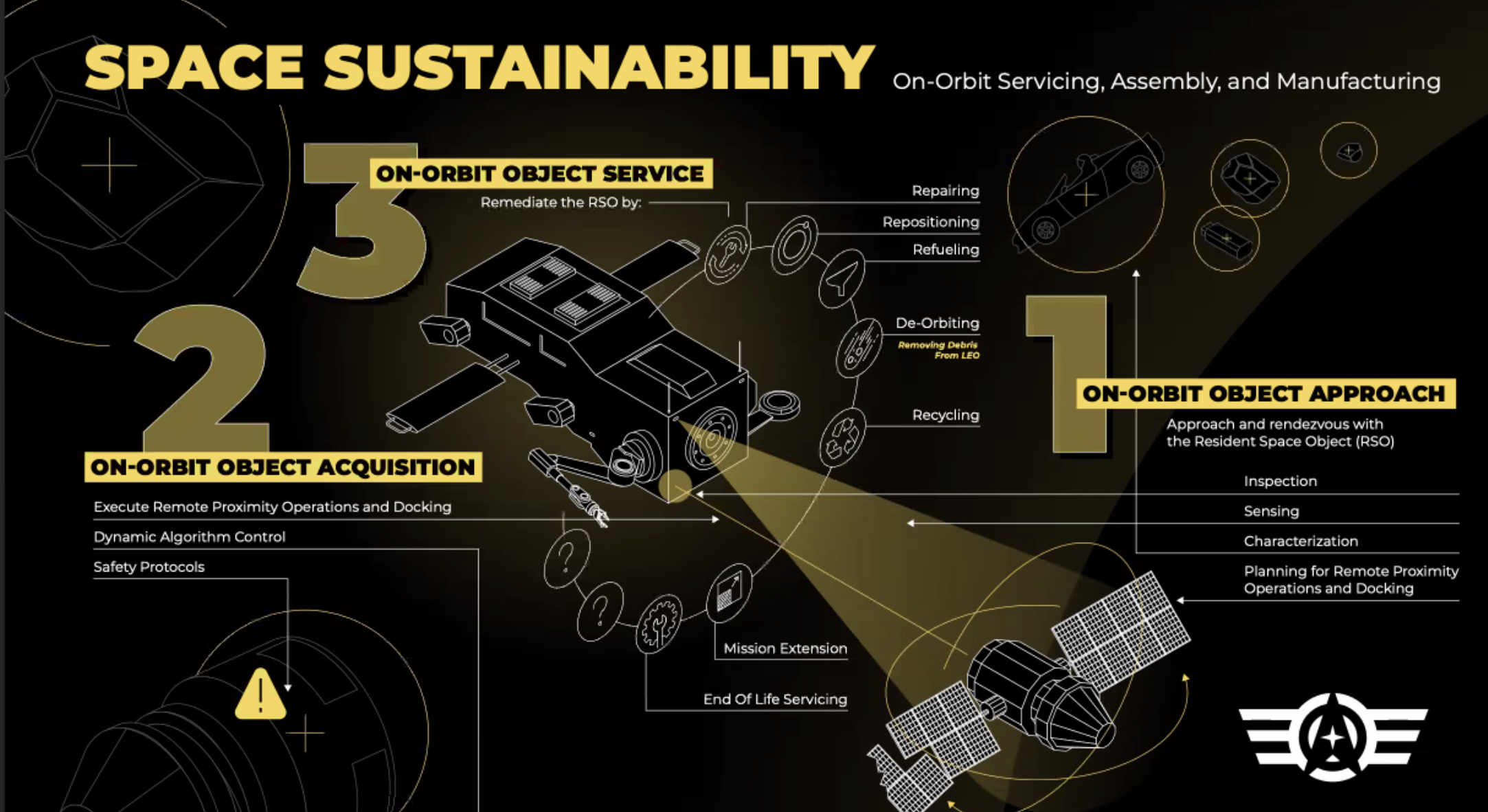Astranis accelerates production with four more small GEO satellites
Astranis has started building four very small geostationary orbit satellites as it gears up to produce dozens and later hundreds of them simultaneously. SpaceNews


TAMPA, Fla. — Astranis has started building four very small geostationary orbit satellites as it gears up to produce dozens and later hundreds of them simultaneously.
“This is the beginning of a ramp-up of our production rate,” Astranis CEO John Gedmark said.
The San Francisco-based company has placed orders worth more than $30 million with aerospace component suppliers to kick-start manufacturing operations.
Suppliers include L3 Harris Technologies, RUAG Schweiz, Kongsberg Defense and Aerospace, Aitech Systems and Moog.
“The plan is to have these built by the end of next year,” Gedmark said in an email to SpaceNews.
“That timeline is largely driven by long lead components right now, so we are starting to work with our suppliers on ways to either reduce that or have some things in stock so we can really bring that timeline down for future satellites.”
He said three of the four new spacecraft under production have secured a customer, “and we have multiple parties in advanced stages of negotiations for the fourth one.”
The company recently said that Arcturus, its first commercial satellite that U.S.-based telco Pacific Dataport Inc. (PDI) plans to lease to provide internet services across Alaska, is entering final assembly for a launch next year on a SpaceX Falcon 9 rocket.
According to Gedmark, the batch of four satellites it has started building contains “some significant upgrades” that offer 15% more satellite lifetime, and 20% greater throughput, than its first generation.
“The lifetime increase represents an increase from 7 years to 8 years [and the] throughput increase means an increase on our baseline Ka-band design from 10 [gigabits per second (Gbps)] to 12 Gbps,” he said.
PDI had planned to lease 7.5 Gbps capacity from what will be its first commercial satellite, however, Astranis said recent tests showed it should be able to exceed that by up to 20%.
Astranis is building satellites at around 400 kilograms, making them one of the smallest geostationary communications spacecraft offered commercially.
The company raised $250 million in April on top of the more than $100 million it had already secured to expand production.
Gedmark expects to be “ready to announce more on our future manufacturing plans and facilities soon.”
This article was edited shortly after being published July 15 with additional details from Astranis CEO John Gedmark





































